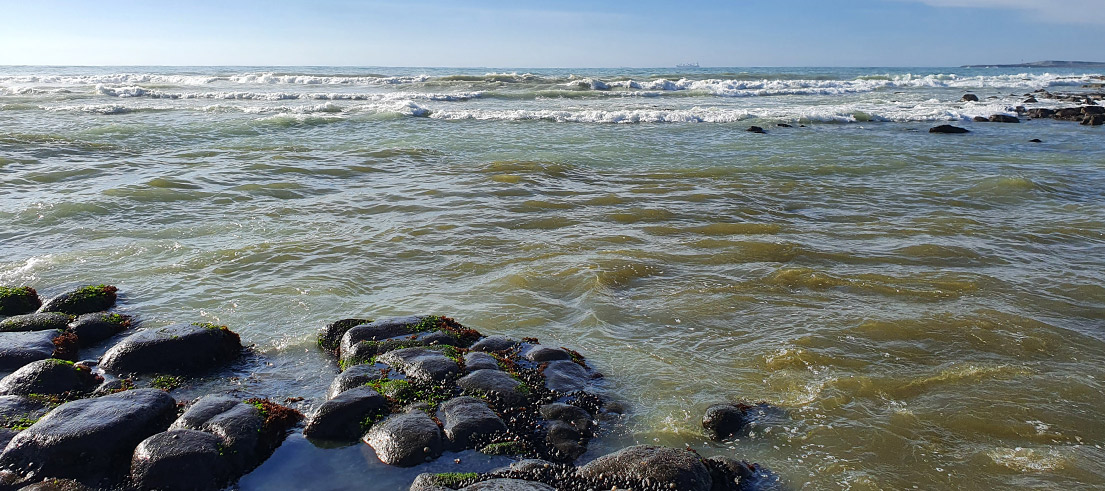
Meat plant sentenced to pay $57,000 for discharge to land and marine area
Alliance Smithfield meat plant has been sentenced to pay $57,000 after being prosecuted by Environment Canterbury for unlawfully discharging a contaminant of trade waste and 'stickwater' to land and then to sea near Waitarakao Washdyke Lagoon.
'Stickwater' refers to partially processed material from rendering.
Judge JJM Hassan’s decisions in sentencing were released on Tuesday 27 September, following Alliance’s guilty plea for its breach of the Resource Management Act for the pollution event on 26 March 2021.
The sentence took into consideration the restorative justice process Alliance Smithfield participated in, which resulted in providing $25,000 to Te Rūnanga o Arowhenua and $25,000 to Te Aitarakihi Multicultural Centre, in addition to the sentence for environmental restoration projects.
An enforcement order has also been issued by the Court requiring Alliance Smithfield to complete upgrades to infrastructure at the plant by 31 January 2023 to reduce the risk of further discharges.
In his written reserved decision for sentencing, Judge Hassan said:
"I find the offending caused serious harm to an environment of high value and vulnerable sensitivity.
"The value is in te mana o te wai and the related cultural importance of Waitarakao Mātaitai to Mana whenua, important freshwater and coastal ecology including vulnerable īnanga and tuna (elvers), the popularity of the coastal walking track, and related cultural, and recreational associations for communities."
About the pollution event
The pollution event took place on 26 March 2021, when we were alerted to the discharge at the Timaru site. The investigating team found discharge – which was found to be trade waste and 'stickwater' – running from the plant, down the cliff into the ring drain alongside Waitarakao/Washdyke Lagoon. From the ring drain, the outgoing tide carried the discharge via the outlet pipes into the coastal marine area.
Water samples collected during the incident showed high concentrations of ammonia, E. coli bacteria, organic compounds and nutrients.
Mitigations to stop the discharge were put in place and rūnanga partners and key stakeholders were informed of the event. The discharge incident was investigated thoroughly by Environment Canterbury, resulting in the successful prosecution.
As part of the case, a report by Environment Canterbury on the impact of the discharge on marine life showed that aquatic fauna in the ring drain with limited mobility would have been adversely affected almost immediately, and possibly lethally.
The report states high concentrations of faecal indicator bacteria would have made the drain and rocky reed unsuitable for the collection of mahinga kai traditional resource gathering, which would have lasted several days.
Prosecution a satisfactory result
Southern zone lead Peter Burt said we were pleased with the outcome of the prosecution.
"The court has clearly recognised the seriousness of this unauthorised discharge that flowed into a marine area at a site treasured by mana whenua, and important as a habitat for animals, plants and aquatic life.
"The event impacted marine life, mahinga kai gathering and the intrinsic cultural and recreational value of our water."
Environment Canterbury will continue to closely monitor Alliance Smithfield’s resource consents and inspect the site regularly.
Report an environmental incident
Seen something? Report it by either calling 0800 765 588 or using the Snap Send Solve app to report an issue.
